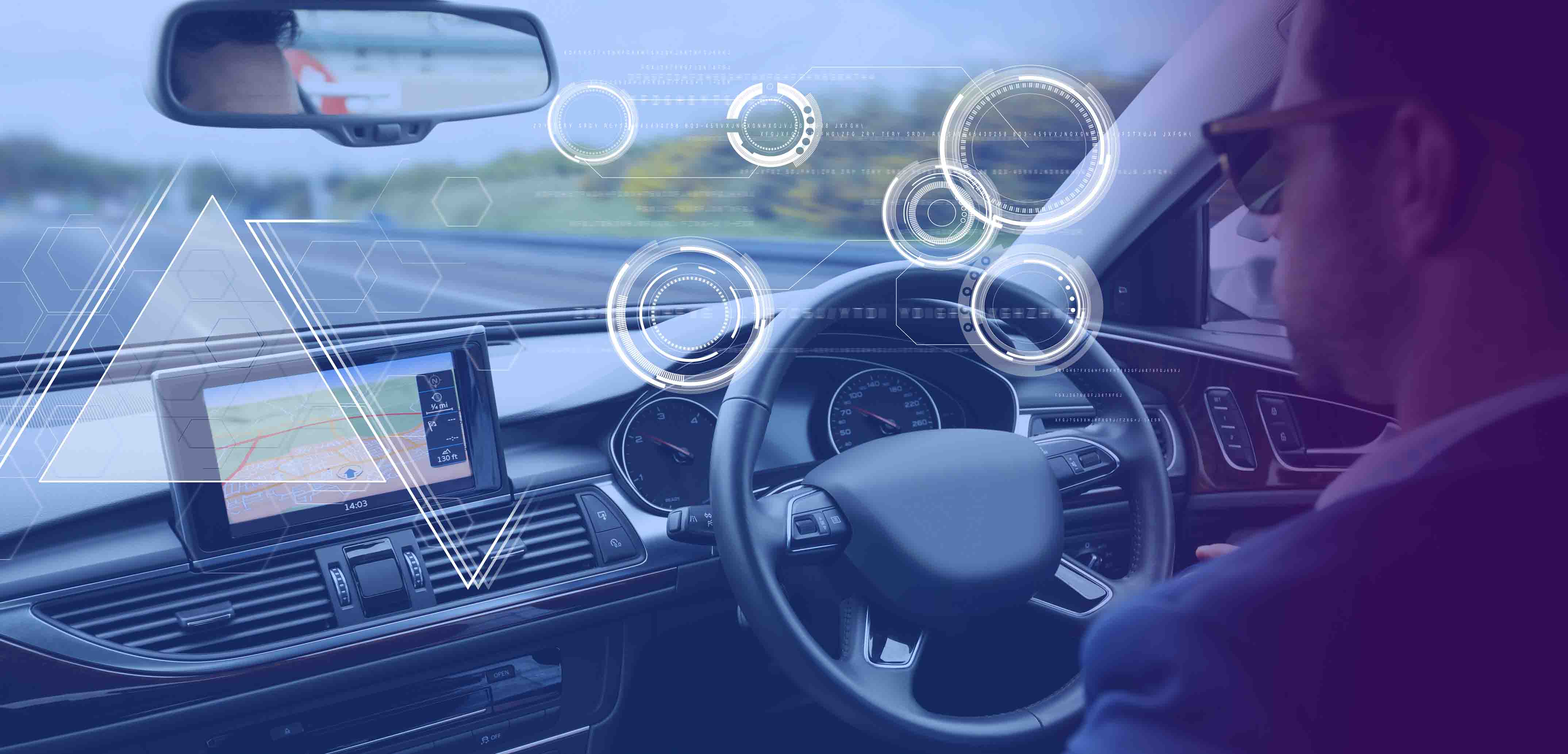
Driver Monitoring System: Key Takeaways & Insights
Driver Monitoring System: Key Takeaways & Insights
India bustles with a myriad of vehicular activities, where the constant movement of vehicles contributes to the dynamic pulse of the nation's transportation landscape. Our automotive sector secured its spot as the fourth-largest globally in 2017. Fast forward to 2022, the country witnessed a surge with over 3.8 million new car registrations. Navigating a vast road network spanning five million kilometres, India efficiently handled nearly 90% of its passenger traffic and around 65% of its cargo transport (Source). With this, the escalating incidence of road accidents has emerged as a growing concern for our nation. In the dynamic realm of fleet management, ensuring safety and optimising productivity both are paramount. A driver management system integrates various elements to streamline operations, enhance safety, and cultivate a proactive approach.
As outlined in the Road Accidents in India - 2022 report from the Union Ministry of Road Transport and Highways, the country witnessed a total of 4,61,312 road accidents during the year. These incidents resulted in the loss of 1,68,491 lives, with 4,43,366 individuals sustaining injuries. The report underscores an 11.9 percent surge in road accidents and a 9.4 percent rise in fatalities compared to the preceding year, 2021. Particularly concerning is that 83.4 percent of these fatalities occurred in the 18-60 age group, emphasising the impact on the working-age population. Noteworthy causative factors include overspeeding, careless driving, drunk driving, and lack of vehicle maintenance. Addressing these factors through heightened awareness and implementing essential safety measures holds the key to substantially curbing accidents.
Establishing Proactive Safety Standards
Enhancing road safety in India hinges upon several factors such as infrastructure, stringent law enforcement, and comprehensive driver training. The incorporation of advanced AI technologies into driver monitoring and training stands poised as a pivotal prospect for the future, promising a transformative impact on road safety. A telematics device helps provide real-time data on driver status, location, and safety habits. This not only fosters trust with drivers who work for businesses’ day-to-day logistics but also allows proactive management interventions. The added benefit is improved communication with customers regarding arrival times and potential delays.
To combat fuel theft concerns, integrating the Roadcast fuel sensor with telematics driver management system helps identify discrepancies in fuel volume, transactions and vehicle locations. Fuel theft often occurs when drivers misuse fuel for personal use. Aligning fuel usage data with telematics insights aids in maximising fuel economy, encouraging drivers to adopt cost-effective routes and locate favourable fuel prices. Prioritising safety within a comprehensive driver management system is not just about compliance but also about averting unforeseen financial burdens. Initiatives such as safety-focused onboarding for new hires and regular safety meetings with drivers contribute to a culture of responsibility. Upholding safety standards is crucial for compliance and avoiding violations that could impact insurance premiums and potentially lead to legal consequences.
Mitigating Challenges with AI Dashcam
A multitude of reasons can give rise to challenges during driving which can lead to accidents or casualties. Smoking or fatigue while driving poses severe distractions. Lighting a cigarette demands manual and visual attention, diverting focus from the road. Extended work hours and night shifts contribute significantly to driver fatigue, posing grave risks on the road. Prolonged wakefulness disrupts circadian rhythms, impacting alertness and reaction times. Excessive speed also reduces a driver's ability to react promptly to unexpected obstacles, magnifying the severity of accidents. Higher speeds amplify braking distances, diminishing control and increasing the likelihood of collisions.
The Roadcast driver monitoring system plays a pivotal role in mitigating risky driving behaviours. Beyond speeding, smoking and fatigue, it helps generate alerts for harsh acceleration, braking, forward collisions and more, creating a comprehensive safety net for enhanced road security. India loses a significant portion of its GDP to accidents annually. An advanced driver monitoring system with safety features can substantially curb these losses. By minimising accident rates, our technology not only ensures human safety but also contributes to creating an economically stable nation.
Final Thoughts
To efficiently manage safety protocols, a driver management system is indispensable. It provides a comprehensive overview of each driver's route, facilitating quick identification of violations, prevention of future incidents, and ensuring adherence to safety standards. In conclusion, a driver monitoring system is the key to optimising fleet efficiency and minimising operational risks. By integrating these elements, organisations can create a safer and more productive environment for their drivers.